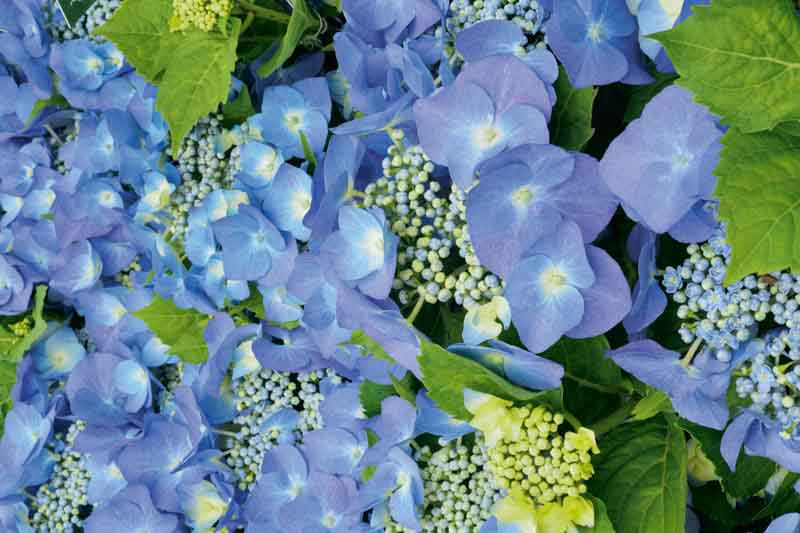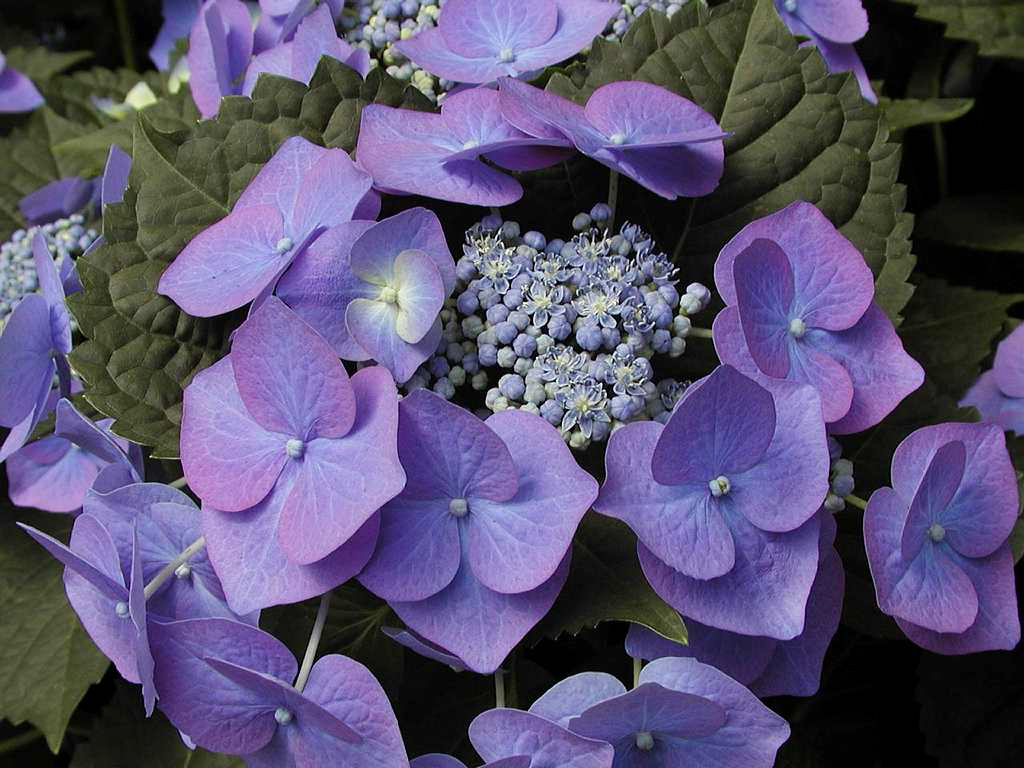Hydrangea Blaumeise: The Showy Blue Flower That Will
Hydrangea Blaumeise is a beautiful blue hydrangea that is sure to brighten up your summer garden. With its large, flat flowers and vibrant color, it is a sight to behold. Blaumeise is a relatively easy plant to care for, and it is hardy in USDA zones 4-9.
In this blog post, we will discuss the following topics about Hydrangea Blaumeise:
- Introduction to Hydrangea Blaumeise
- Planting and care instructions
- How to get the best blue color
- Pests and diseases
- Propagation
- Where to buy Hydrangea Blaumeise
Introduction to Hydrangea Blaumeise
Hydrangea Blaumeise is a type of lacecap hydrangea, which means that its flowers have two types of florets: fertile florets in the center and sterile florets around the edge. The fertile florets are small and blue, while the sterile florets are larger and white. The overall effect is a beautiful blue flower that looks like a lace cap.
Blaumeise is a relatively new hydrangea variety, having been introduced in 1979. It is a vigorous grower and can reach heights of up to 6 feet. The flowers bloom from midsummer to early fall.
Planting and care instructions
Hydrangea Blaumeise is a relatively easy plant to care for. It prefers full sun to partial shade and well-drained soil. The soil should be kept moist, but not soggy. Blaumeise is not drought tolerant, so it is important to water it regularly during dry periods.
Blaumeise does not need to be fertilized often. A light application of fertilizer in the spring will help to promote flowering. In the fall, you can add a layer of mulch around the plant to help protect the roots from the cold.
How to get the best blue color
The color of Hydrangea Blaumeise flowers can be affected by the acidity of the soil. In acidic soil, the flowers will be a deep blue. In alkaline soil, the flowers will be pink or lavender.
If you want to get the best blue color from your Hydrangea Blaumeise, you can test the acidity of your soil and add aluminum sulfate if necessary. You can find aluminum sulfate at most garden centers.
Pests and diseases
Hydrangea Blaumeise is a relatively pest- and disease-free plant. However, it can be susceptible to aphids, scale, and powdery mildew. If you notice any pests or diseases on your plant, you can treat them with an appropriate insecticide or fungicide.
Propagation
Hydrangea Blaumeise can be propagated by taking cuttings in the spring or fall. To take a cutting, choose a healthy stem that is about 6 inches long. Remove the leaves from the bottom two inches of the stem. Dip the cut end of the stem in rooting hormone and plant it in a pot of well-draining soil. Keep the soil moist and the pot in a warm location. The cutting should root in a few weeks.
Where to buy Hydrangea Blaumeise
Hydrangea Blaumeise is available at most garden centers. You can also find it online.
If you're looking for a beautiful and easy-to-care-for hydrangea, the Hydrangea macrophylla 'Blaumeise' is a great choice. This hardy shrub produces large, blue lacecap flowers that bloom from early summer to late fall. The flowers are best known for their deep blue color, which can be enhanced by adding aluminum sulfate to the soil. However, the flowers will also turn a pleasant soft pink color in alkaline soils.
'Blaumeise' is a relatively compact shrub, reaching heights of 100-130 cm. It prefers part shade and moist, well-drained soil. It is also relatively cold-hardy, making it a good choice for USDA zones 5-9.
If you're interested in learning more about Hydrangea macrophylla 'Blaumeise', I recommend visiting . This website has a wealth of information about the plant, including its history, care requirements, and cultivation tips. You can also find photos of the plant in bloom, as well as helpful videos.
FAQ of hydrangea blaumeise
Here are the 5 most frequently asked questions about Hydrangea Blaumeise, along with valuable insights and solutions:
- What is Hydrangea Blaumeise?
Hydrangea Blaumeise is a type of hydrangea that is known for its beautiful blue flowers. It is a deciduous shrub that grows up to 6 feet tall and wide. The flowers bloom in the summer and fall, and they can be a variety of shades of blue, depending on the pH of the soil.
- Where does Hydrangea Blaumeise come from?
Hydrangea Blaumeise is native to Japan. It was introduced to Europe in the early 19th century, and it has become a popular ornamental plant in many parts of the world.
- How do I care for Hydrangea Blaumeise?
Hydrangea Blaumeise is a relatively easy plant to care for. It prefers full sun to partial shade and moist, well-drained soil. It is important to fertilize Hydrangea Blaumeise regularly, especially during the growing season.
- What are some common problems with Hydrangea Blaumeise?
The most common problems with Hydrangea Blaumeise are pests and diseases. Aphids, spider mites, and scale insects can all be a problem. Diseases such as leaf spot and powdery mildew can also affect Hydrangea Blaumeise.
- How can I propagate Hydrangea Blaumeise?
Hydrangea Blaumeise can be propagated by cuttings or by division. Cuttings should be taken in the spring or fall, and they should be rooted in a well-draining potting mix. Division can be done in the spring or fall, when the plant is dormant.
Image of hydrangea blaumeise
- Hydrangea Blaumeise in full bloom. The flowers are a beautiful shade of blue, with a slightly darker center. The leaves are a deep green, and the plant is well-maintained.

- Hydrangea Blaumeise in a vase. The flowers are arranged in a simple vase, and they look stunning. The blue color is vibrant, and the flowers are full and lush.

- Hydrangea Blaumeise in a garden. The plant is surrounded by other flowers, and it looks very happy and healthy. The blue flowers are a beautiful contrast to the green leaves and other flowers in the garden.

- Hydrangea Blaumeise close-up. The individual flowers are shown in close-up, and they are even more beautiful than they appear from a distance. The petals are soft and delicate, and the color is a deep, rich blue.
- Hydrangea Blaumeise in a pot. The plant is in a large pot, and it is well-suited for indoor or outdoor use. The blue flowers are a beautiful addition to any space, and they will brighten up any room.

Post a Comment for "Hydrangea Blaumeise: The Showy Blue Flower That Will"